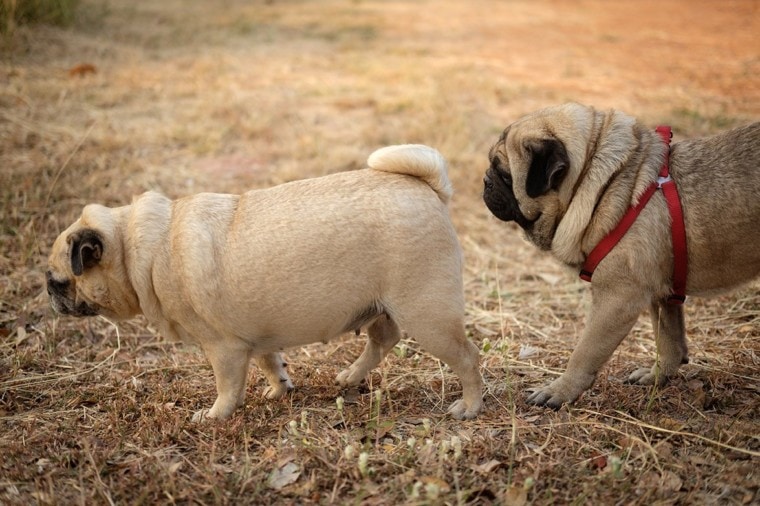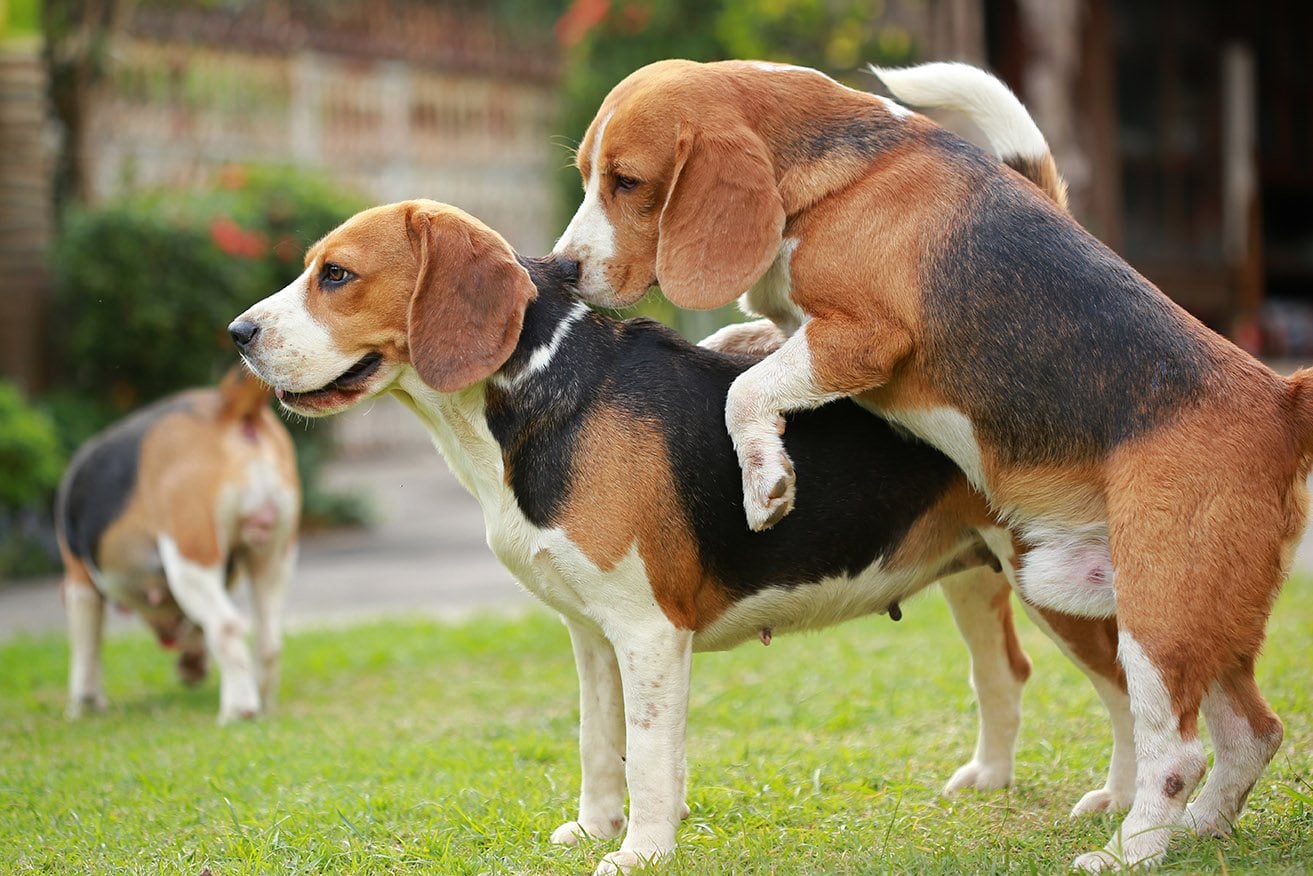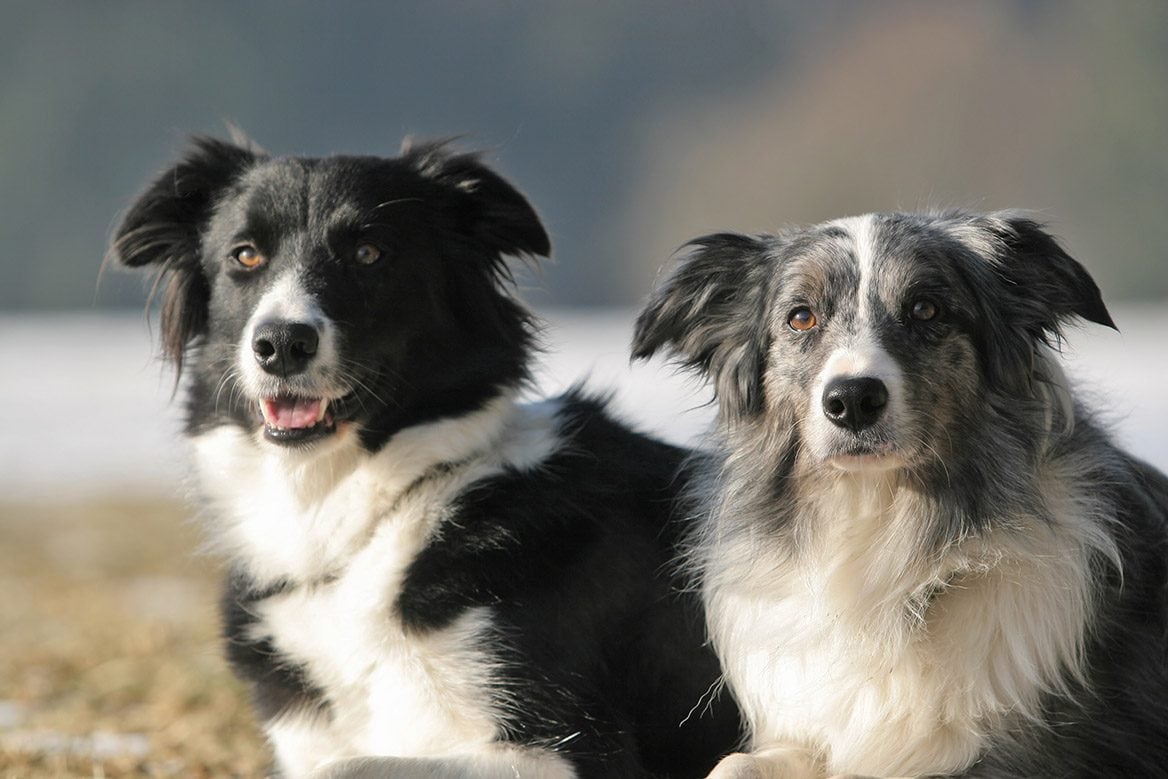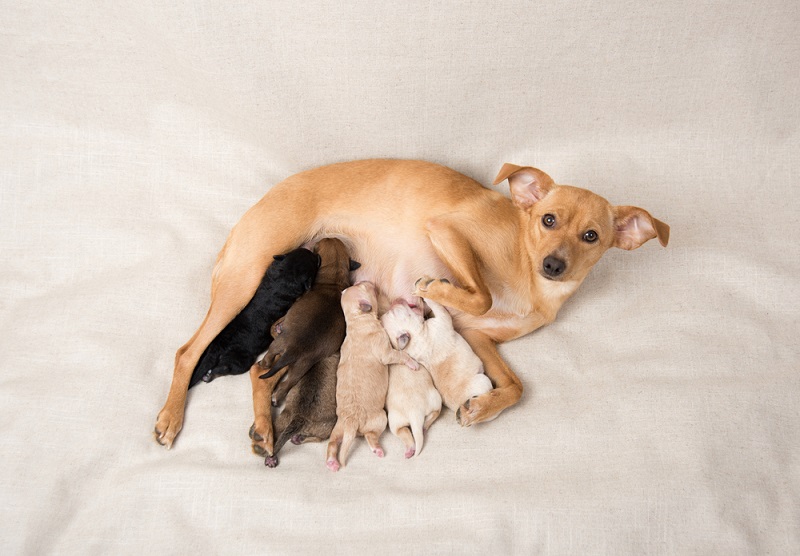The Consequences of Dog Inbreeding: Problems & Risks

When you consider how taboo inbreeding seems, it is hard to believe that we have used this method to produce champion bloodlines in canines for centuries. Many breeds that we know and love today are products of inbreeding. It’s not as bad as it sounds, in fact, there were initial benefits to the thought process behind it.
However, as research concludes, dog inbreeding has far more ill effects than positive ones. Let’s discuss exactly what constitutes dog inbreeding, the consequences of dog inbreeding, and what you can do to avoid it.

What Is Dog Inbreeding?
Inbreeding is an act where two relative dogs mate with one another to produce offspring. This tactic was used many times to develop and improve breed bloodline quality.
Understandably, early breed development required some level of inbreeding, although there is no use for it now. The cons considerably outweigh the pros, making this practice inefficient and detrimental.
Inbreeding vs. Linebreeding
Inbreeding constitutes any relative animals mixing together. Linebreeding is a form of inbreeding where dogs might be related distantly, but breeding takes place anyway. This method alleviates some apprehension about inbreeding but can be complexly damaging, too.
Many breeders vehemently defend linebreeding, claiming that all bloodlines are clear. But there is really no way to know when a bad combination of genetics will pop up the more you continue.

How Genetics Work
If two mates are paired together, both touting desirable traits, they can make excellent quality pups. Even if the two are related, exceptional genes can pass down through the lineage with each litter.
However, where good combinations lie—bad ones do, too. Genetic conditions can essentially be “bred out” of a breed, only to be reintroduced simply by having two copies of the same negative trait.
There are gene mutations called recessive, dominant, and additive. Dominant genes are the ones most commonly seen in litters on a large scale. These genetics are powerful, showing through consistently in each litter.
Additive genes are those where two or more genes give a single component to the puppy’s makeup. So, they meet together harmoniously. And if they don’t, these problems are easier to weed out.
Recessive genes are a bit trickier. Think of recessive genes as ones hanging out on the bench at a game just waiting to be called to the field—it’s a reserve. It’s like having a blue-eyed child born to brown-eyed parents. In the bloodline, the gene is dormant until the right combination hits.
Recessive genes can cause real trouble in terms of inbreeding since they can create two damaged copies of the same gene. An unwanted genetic condition can resurface, congenital disabilities are possible, and other issues can be introduced, too.
So, as you can see, if a puppy is outbred—meaning parents are not related—any imperfect copies of a gene can dissipate quickly. However, if you get two copies of the same bad gene due to inbreeding, the consequences can be dire.

Let’s Get Into the Numbers
Breeders must be diligently aware of purity in bloodlines to avoid genetic mishaps—and inbreeding is a temporary fix to a long-term problem.
Closely related family members pose a much higher risk of receiving two bad copies of a gene. For instance, if a mother gives birth, she passes an even 50% of her genetics to each of her puppies. That means there’s a 50% chance of a bad gene in the mother’s transmitted DNA to each pip.
One of the males in the litter would be at risk of carrying a bad copy. If mother and son are bred, that leaves a 25% chance of unleashing copies of broken genetics to the litter.
Percentages decrease the farther you get down the line, but all it takes is the right combination of genes to create health issues or unfavorable breed standards.
Calculating the Coefficient of Inbreeding
Roll up your sleeves—it’s time for some math. There are a few ways you can calculate the coefficient of inbreeding (COI). The COI involves pinning markers to find the mathematical probability of inbreeding based on the genome.
It takes the likelihood of a pup developing by receiving an allele from both the dam and sire used for breeding. This calculation gives breeders the green or red light when deciding on suitable mates for future litters.
In a desirable COI, you’re looking for numbers beneath 5%. Anything over that threshold is considered high and ill-advisable for pairing.

Problems of Inbreeding
We’ve already discussed to this point how having two copies of a bad gene result in problematic litters. So, what exactly can inbreeding do to pups?
Genetic Health Conditions
When you research breeds, have you ever realized that some are “predisposed” to certain health conditions? For instance, German Shepherds have an increased risk of hip dysplasia, and Golden Retrievers are very prone to cancer.
That is because early inbreeding resulted in pups receiving these recessive genes again and again. Now, we have widespread breed-related problems that worsen as people continue this method.
Genetic Birth Defects
On top of health issues, you also run into potential birth defects. Inbreeding two closely related dogs can cause malfunctioning organs, cosmetic defects, and other abnormalities. While some congenital disabilities are manageable, others pose lifelong trouble for the dog.
Many pedigree dogs born with any flaw are considered defective, so they won’t be eligible for registration. They may only be sold on “pet-only” terms, disqualifying them from breeding or competing.

Birthing Complications
When a mother birthing an inbred litter is passing pups, you may run into trouble. Puppies run the risk of being stillborn, which can greatly impact delivery. If a puppy is upon exit, it can lodge in the pelvis, causing mom to have trouble delivering.
This situation can lead to many potential outcomes, and none of them are good. At best, the mother passes the puppy and the ones behind it live after a bit of trouble. Worst case scenario, you could lose the remaining siblings or the mother during the process.
It might also decrease litter size. This study conducted on Dachshunds describes how inbreeding impacted the size and birth of litters.
Temperament Issues
On top of all else, you run into some serious trouble with undesirable personalities. Puppies that are the product of inbreeding tend to have more nervousness, aggression, and unpredictability than those outbred.
If you’re committing to producing quality dogs, one poor temperament can tarnish your reputation—heaven forbid a child gets bitten in the process.
Decrease in Quality
Once you inbreed dogs too much, you can damage many areas of quality, including lifespan. It can also create weaknesses in genetics, causing unfavorable traits and poor structure.
It can have an impact on fertility, too. Males might produce less powerful semen or potentially be sterile. Females might have trouble getting pregnant, which can have significant implications for your breeding business.
Takeaways
If you keep a related pair, make sure one of the dogs is spayed or neutered—at best, fully separated (especially during estrus). You might not recognize the signs of heat until it’s too late.
Inbreeding can cause irreversible issues
Inbreeding causes the overall decline of puppy quality. So, your litters might not be as strong. It might also cause defects in personality and physicality—plus, there’s an increased risk of stillborn pups.
Calculate COI
Calculate COI before selecting a mate for your dam or sire to ensure no potential harmful inbreeding is taking place.
Remember that linebreeding is still inbreeding
Despite any traits you desire to build through breeding, linebreeding isn’t the answer. It’s still considered inbreeding and could impact the success of your litters.

Final Thoughts
Inbreeding is unethical, and every reputable breeder should reject the concept. Based on COI testing, you can select a mate for your dam or sire that meets the 5% or less rule in pedigree pups—so that takes much of the guessing work out of it for you.
To improve the quality of the breed you love, continuously doing your part to avoid inbreeding is essential.
Related Reads:
Featured Image Credit: Ezzolo, Shutterstock



Không có nhận xét nào